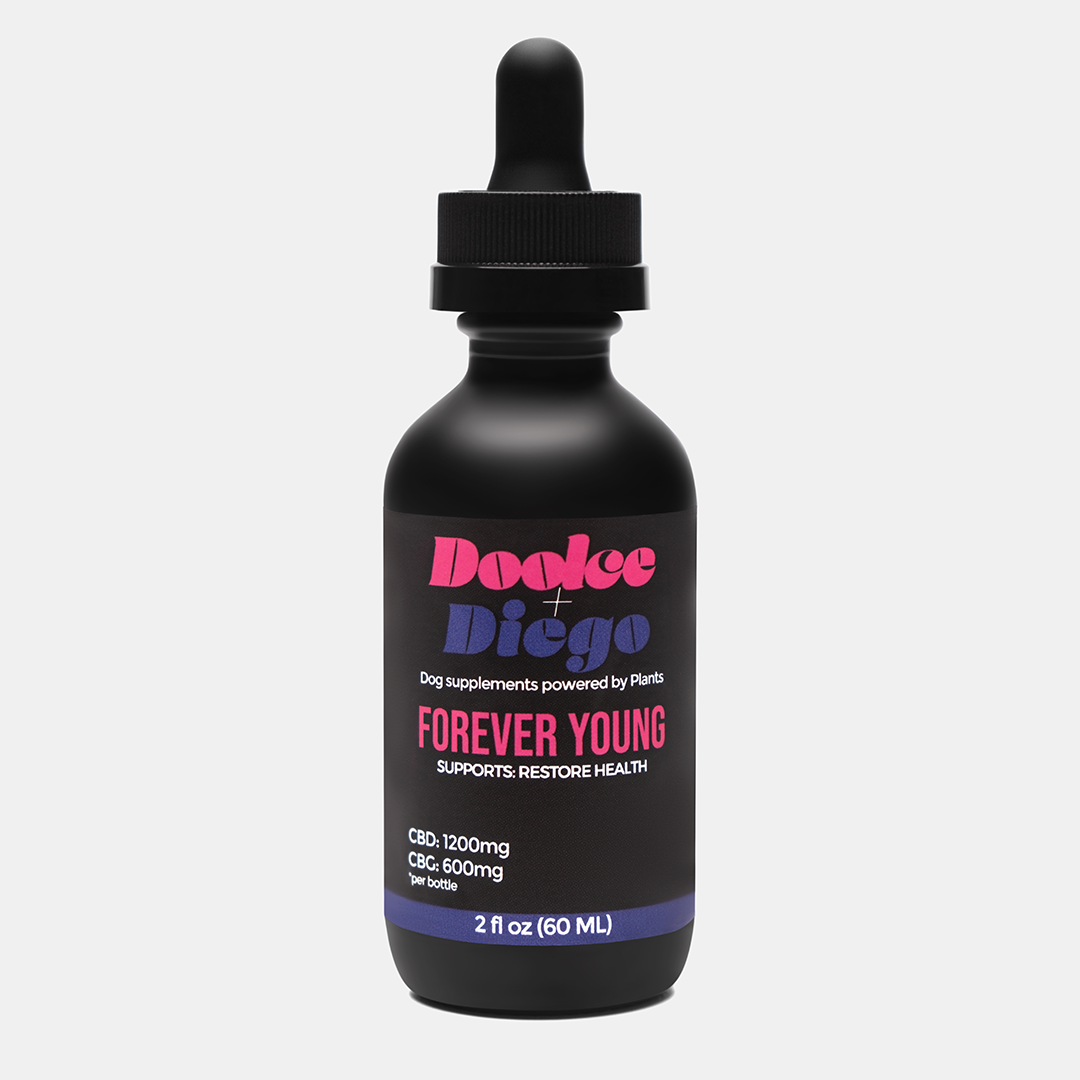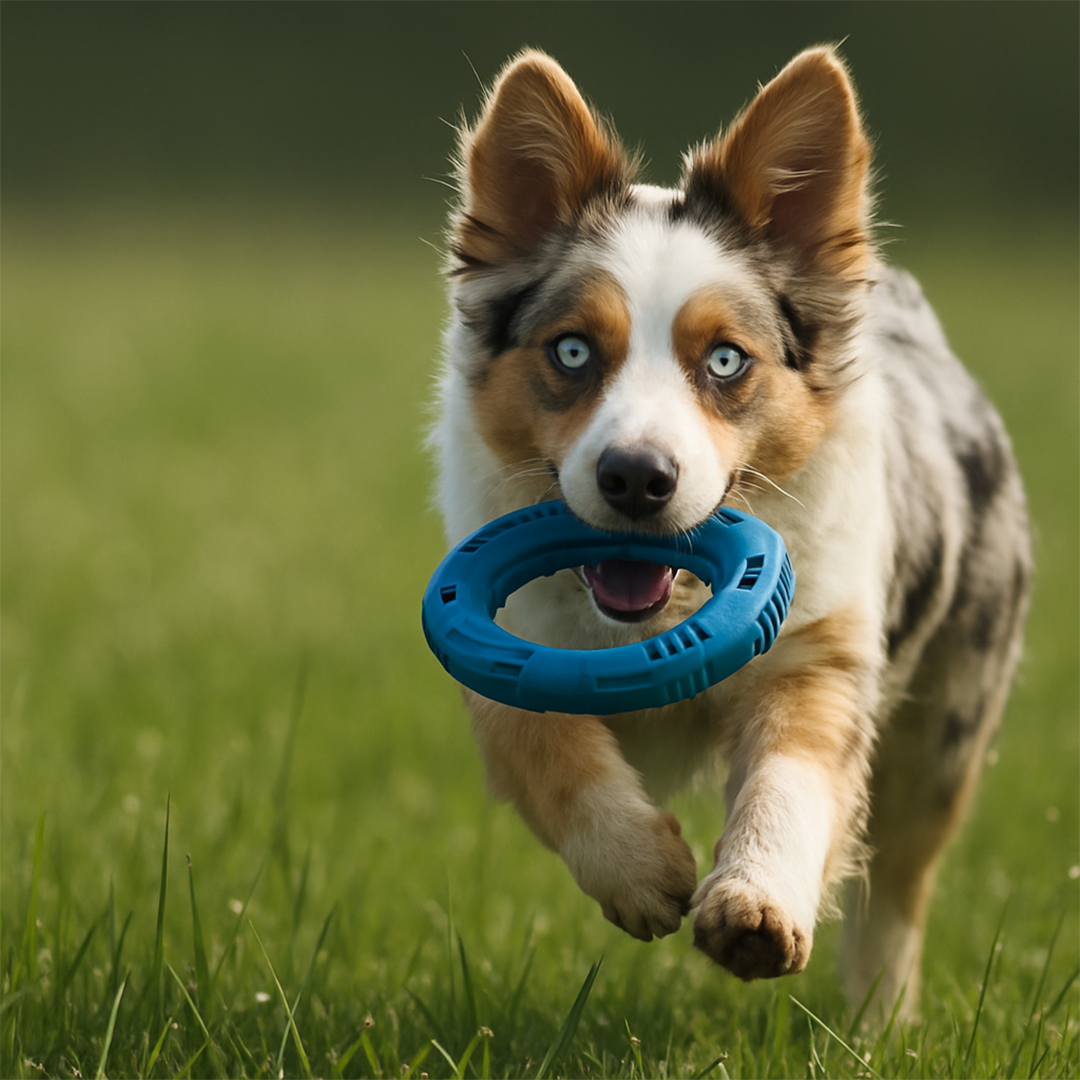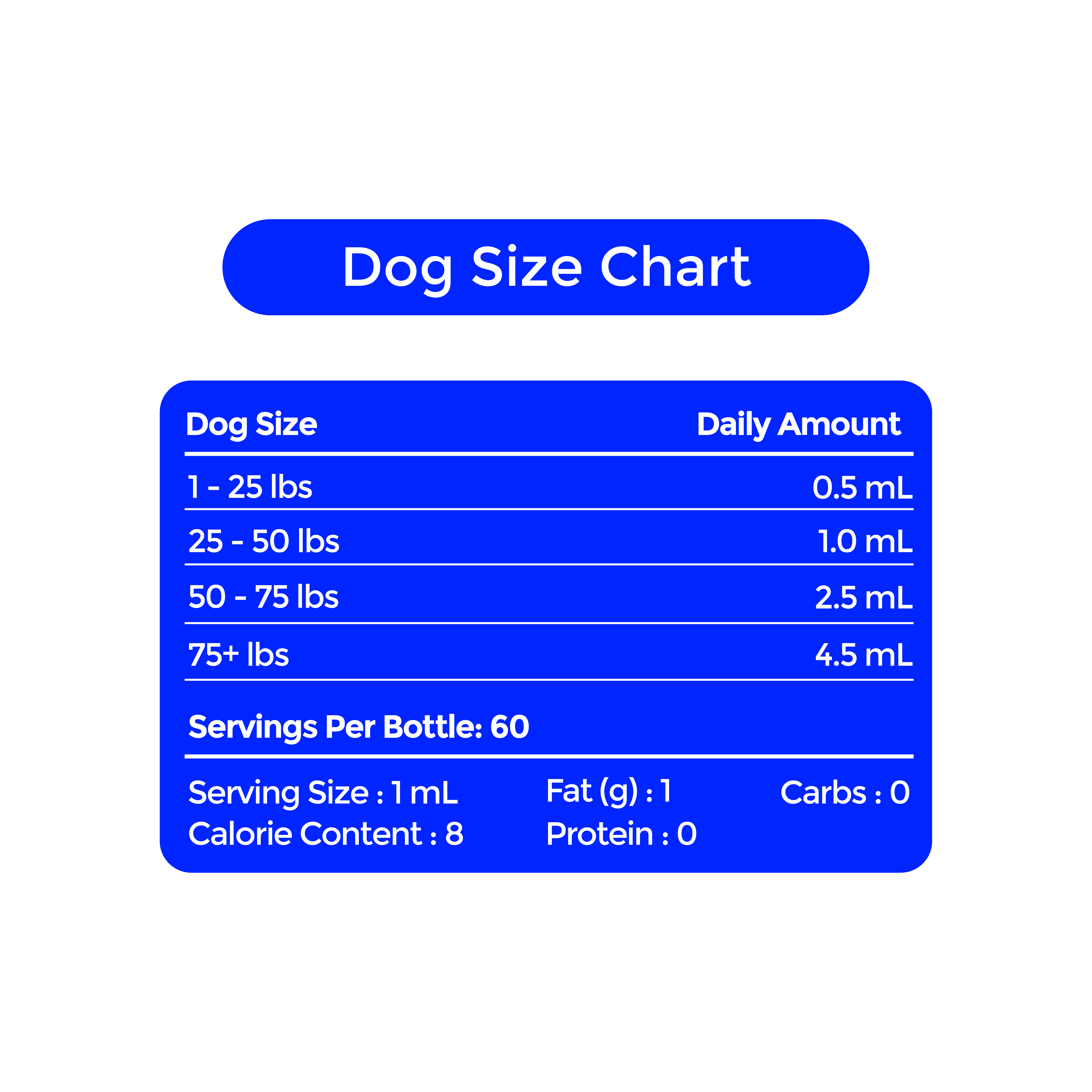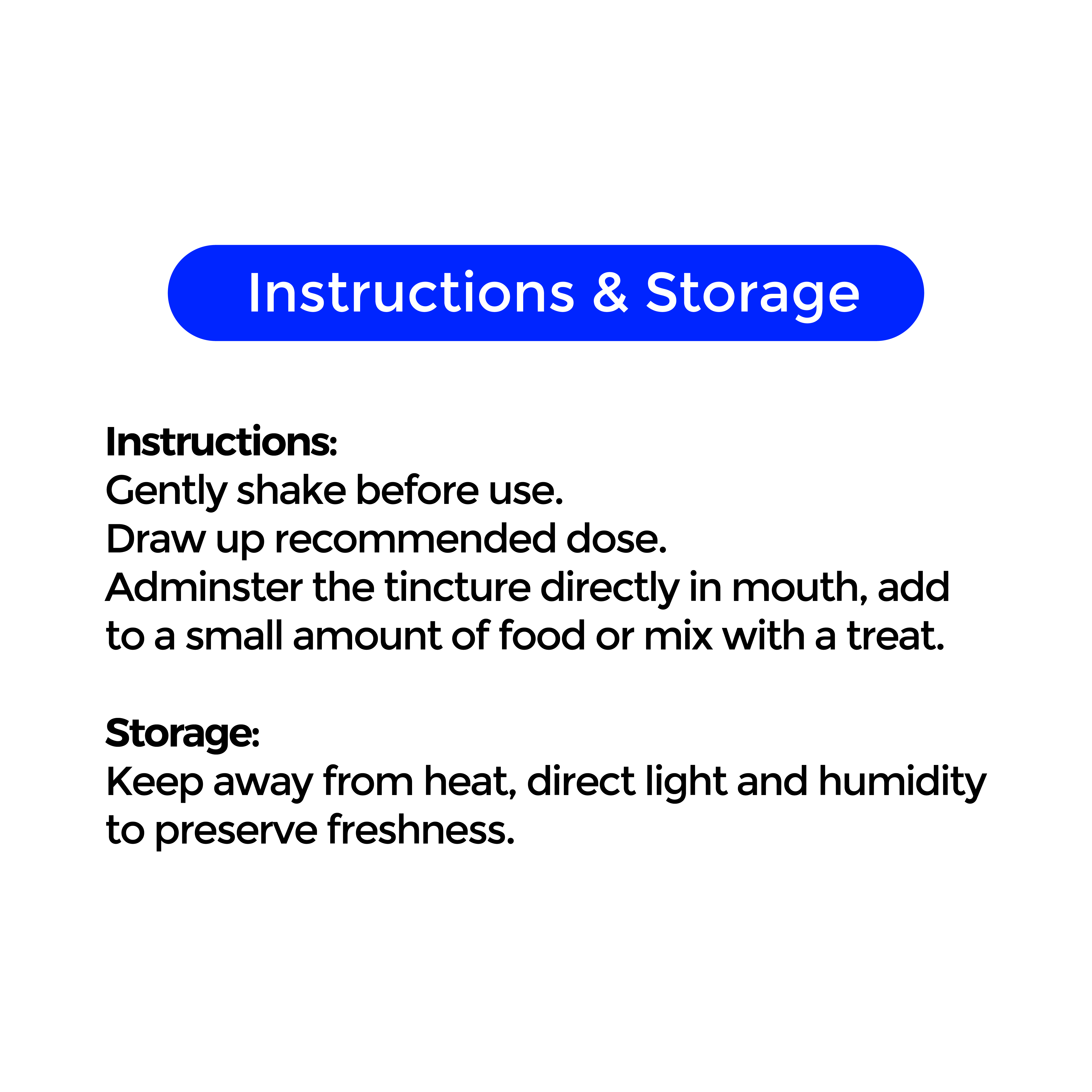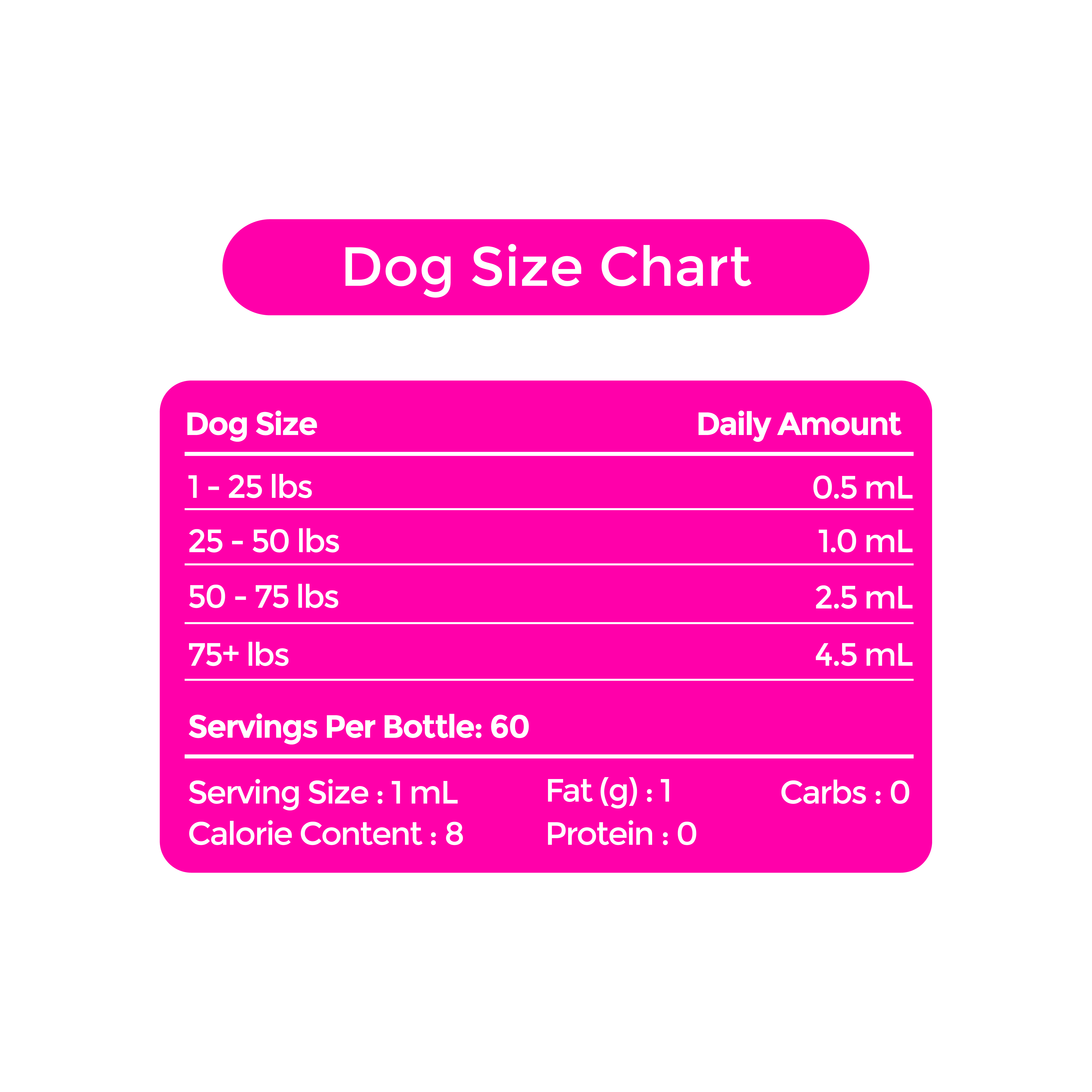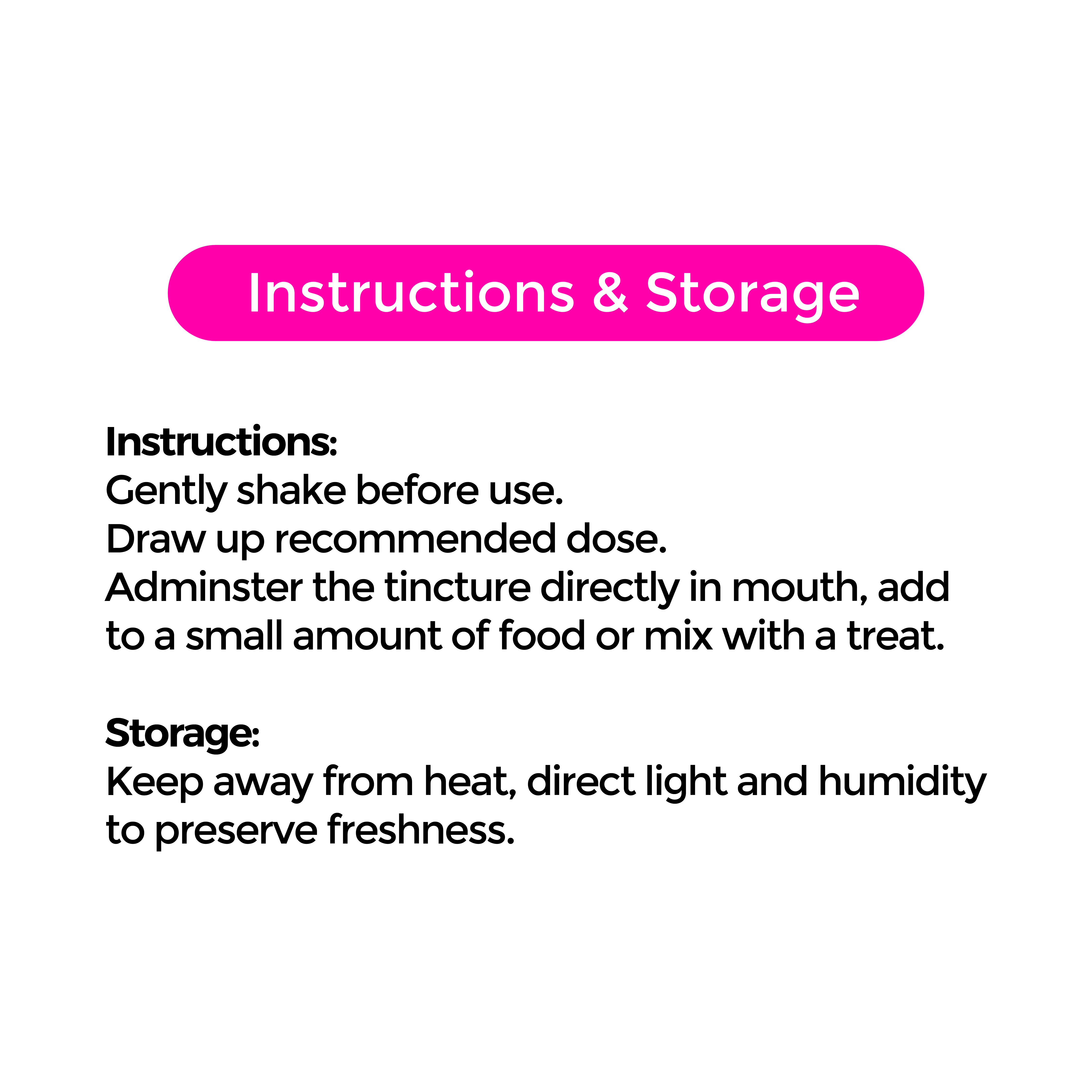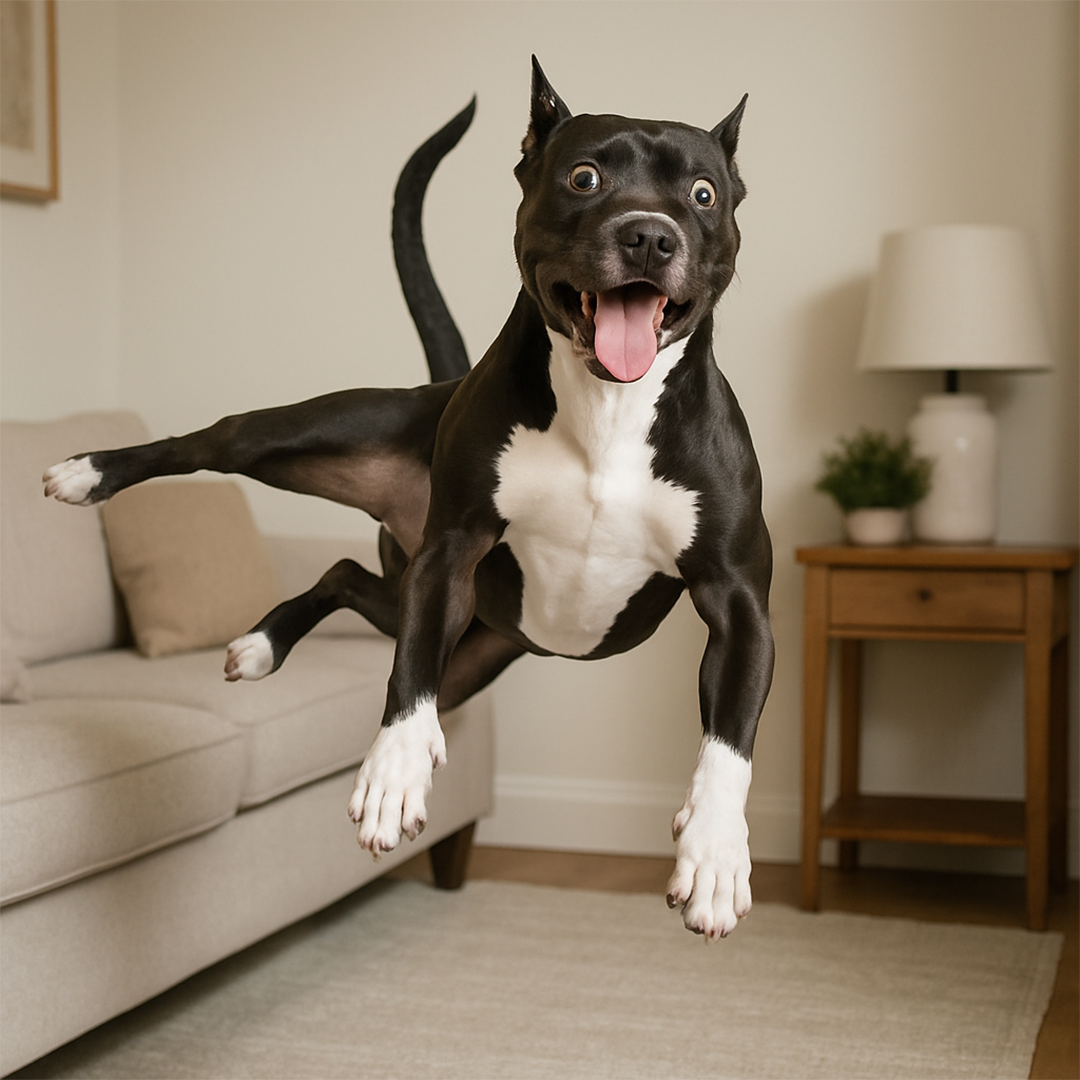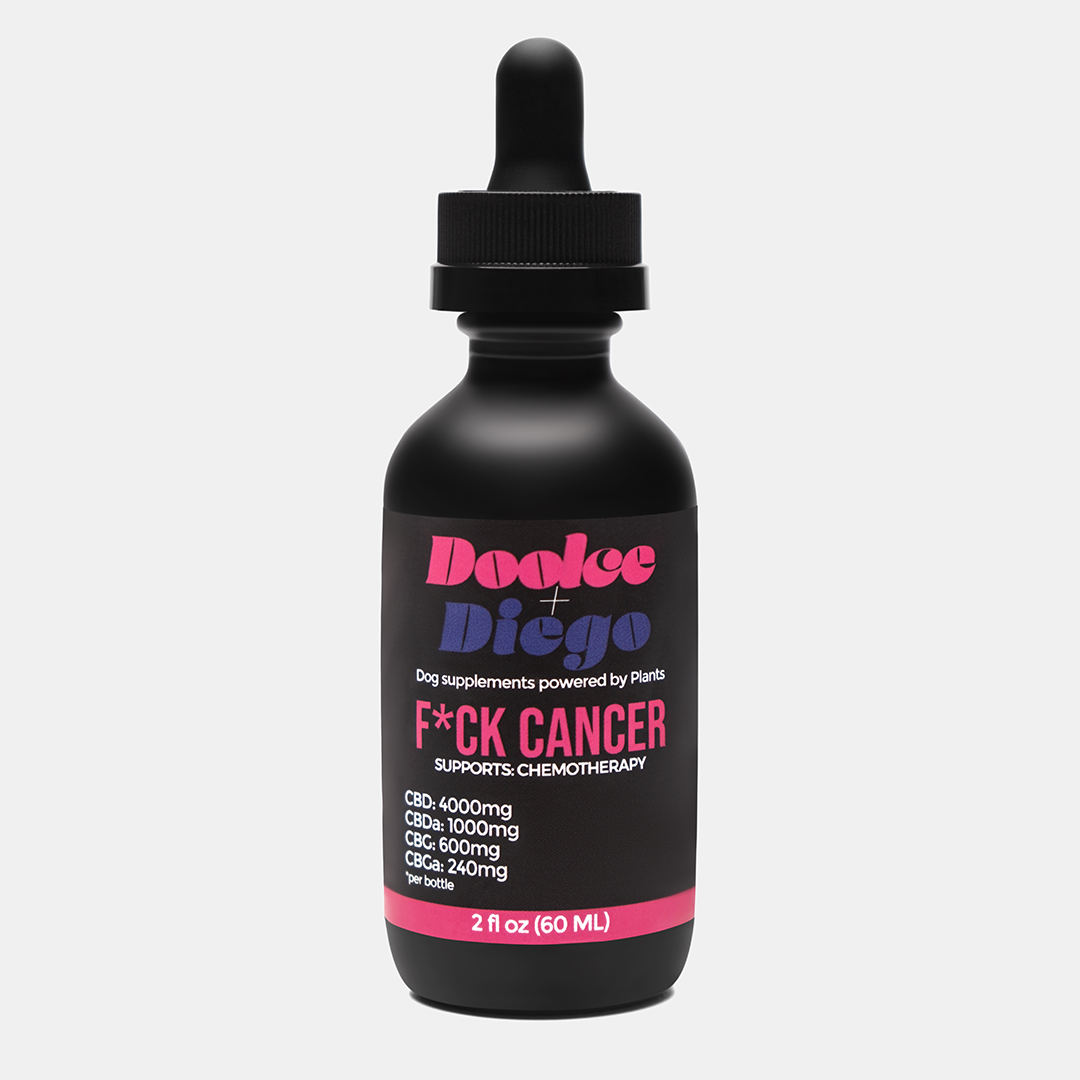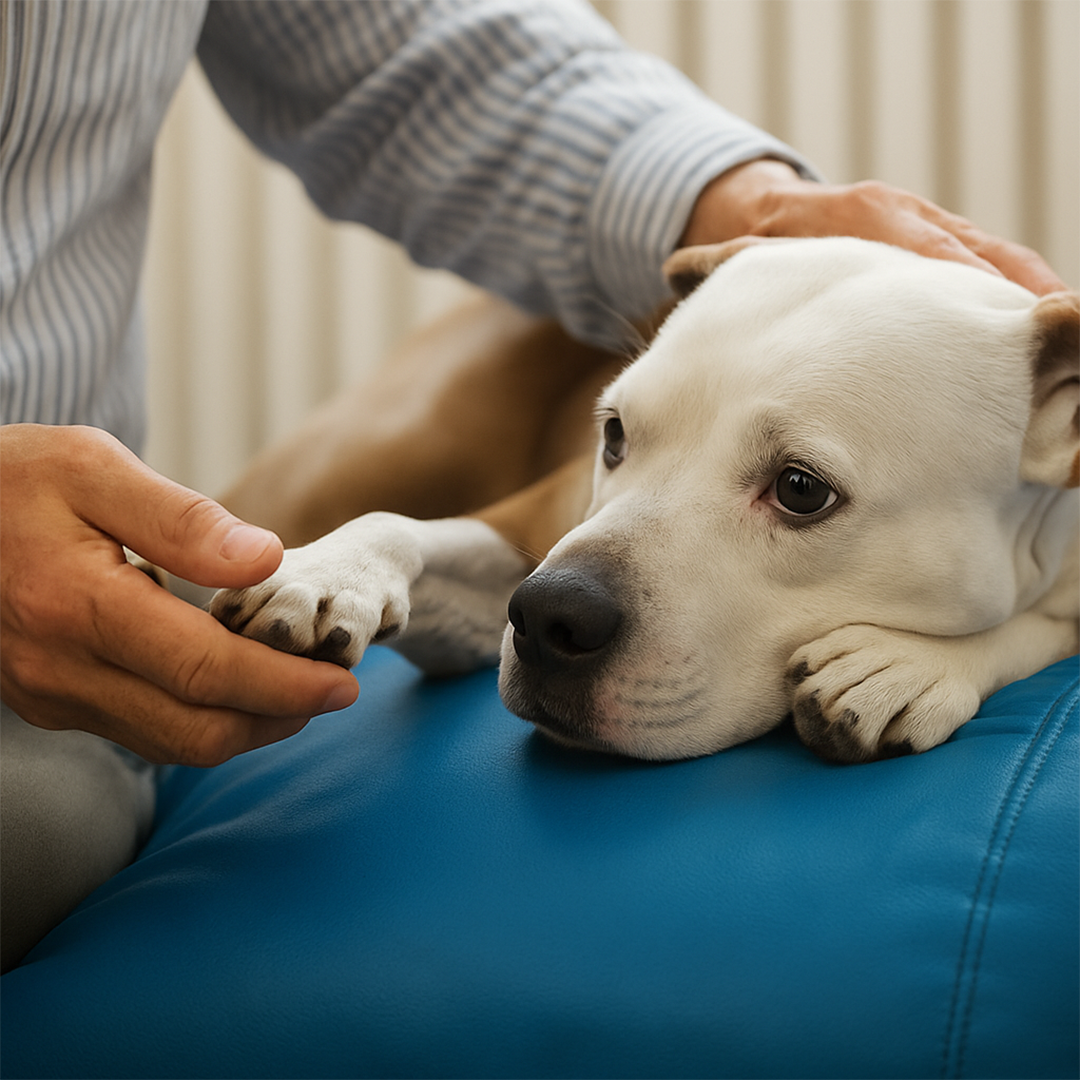
Signs Your Dog Is in Pain (And What You Can Do About It)
Photo by REGINE THOLEN on Unsplash
Pain Isn’t Always Obvious. But It’s Always Serious.
Most dogs won’t cry out when they’re in pain. Instead, they show us through shifts in behavior, movement, and mood. Whether it’s an old injury flaring up or something more serious under the surface, knowing the signs is the first step to helping your dog feel better—and live better.
Let’s look at three major categories of canine pain indicators: physical symptoms, behavioral changes, and mobility issues.
1. Physical Symptoms: Shaking, Trembling, or Panting (Even When It’s Not Hot)
These are some of the most common outward signs your dog is dealing with discomfort:
- Shaking or trembling: Could indicate pain from internal issues, inflammation, or even joint flare-ups
- Excessive panting: If your dog is panting heavily at rest or in a cool room, pain is often the culprit
- Tense or hunched body posture
What You Can Do:
- Take note of patterns (Is it happening at a certain time of day? After exercise?)
- Avoid self-diagnosing—consult your vet for a full workup
- Try natural anti-inflammatories like turmeric or black seed oil to reduce discomfort
2. Behavioral Changes: Suddenly Restless, Avoidant, or Aggressive
Pain doesn’t just show up in the body. It also shows up in behavior. Watch out for:
- Not wanting to be touched or hiding
- Restlessness or pacing at night
- Increased aggression or snapping
- Changes in sleep or appetite
Dogs often mask pain instinctively, but these shifts are how they tell us something’s not right.
What You Can Do:
- Create a calm space for rest and healing
- Avoid triggering the pain point while still monitoring their condition
- Support their nervous system with calming ingredients like chamomile and CBD
3. Mobility Issues: Limping, Slowing Down, or Avoiding Stairs
This is one of the clearest signals your dog is in physical pain—especially related to joints, muscles, or chronic inflammation.
Common signs include:
- Limping or stiffness after naps or walks
- Refusing to jump on the couch or go upstairs
- Reluctance to walk or exercise
These may signal arthritis, a soft-tissue injury, or something more serious like hip dysplasia.
What You Can Do:
- Modify your home with ramps or orthopedic bedding
- Add daily mobility supplements to support joints and connective tissue
- Reduce high-impact activity and replace with gentle walks
If your dog is showing signs of pain—whether it's shaking, restlessness, or slowing down—our Joint Juice tincture offers a smart, daily solution. Blending CBD, CBG, black seed oil, and omega-rich fish oil, it supports inflammation management and mobility without the mystery ingredients. Relief that makes sense—and works.
Pain doesn’t have to be a life sentence. With the right support and early action, your dog can get back to feeling like themselves again.
For more dog wellness tips, tricks, and tea — dig into the latest from Bark Times.



